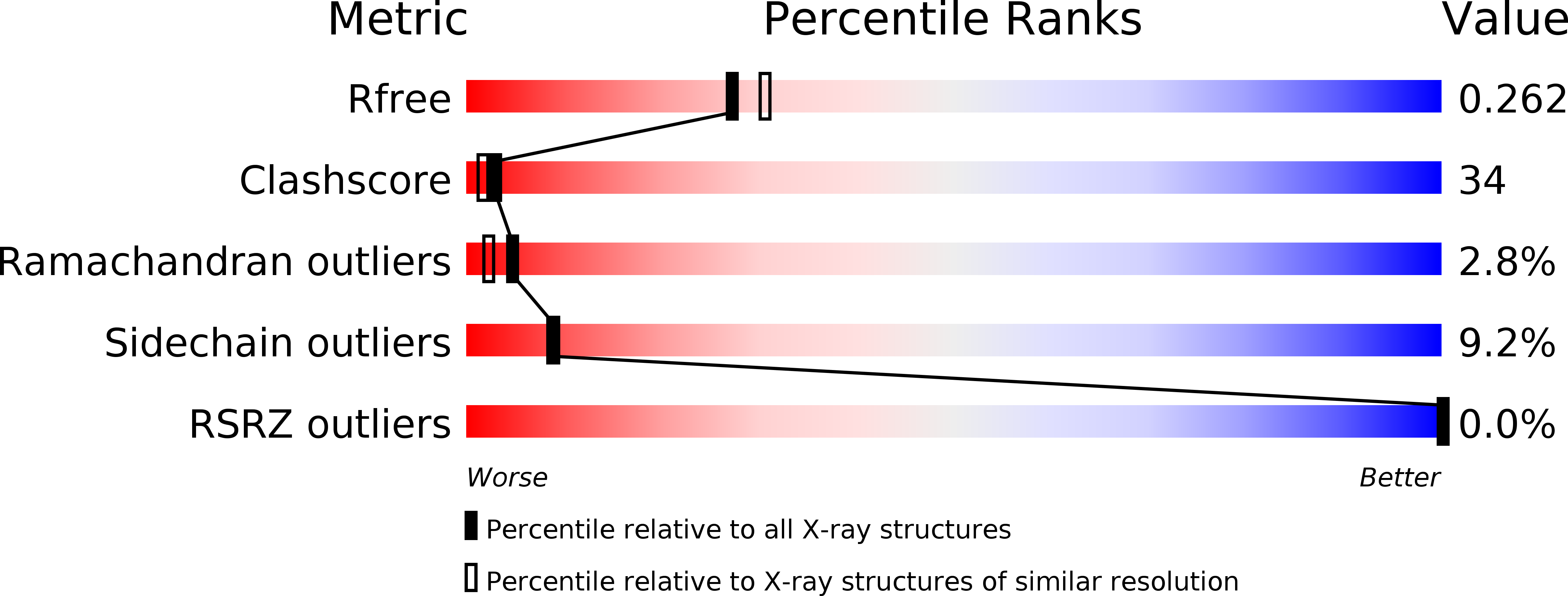
Deposition Date
2012-10-09
Release Date
2012-10-31
Last Version Date
2024-11-06
Method Details:
Experimental Method:
Resolution:
2.20 Å
R-Value Free:
0.27
R-Value Work:
0.19
R-Value Observed:
0.20
Space Group:
P 21 2 21


